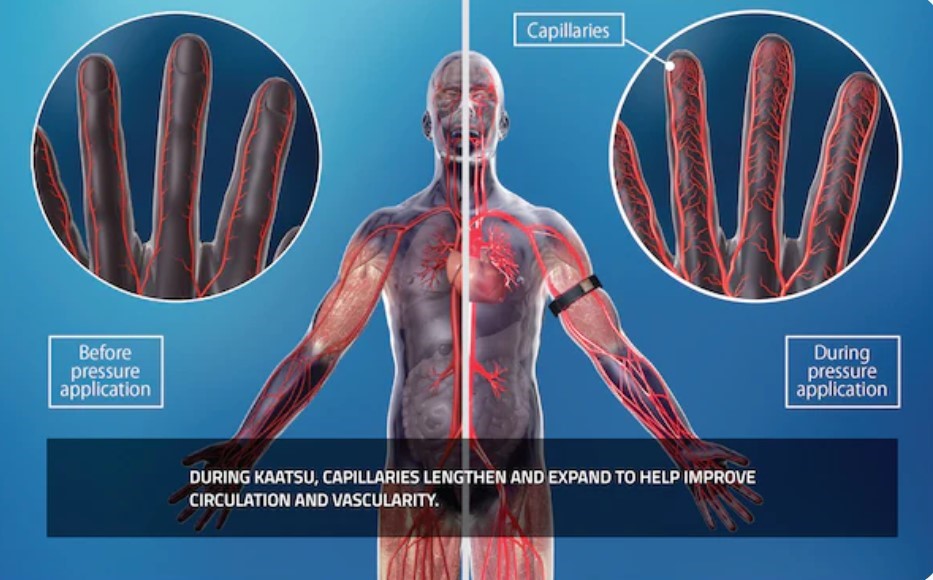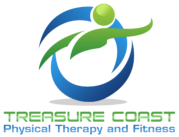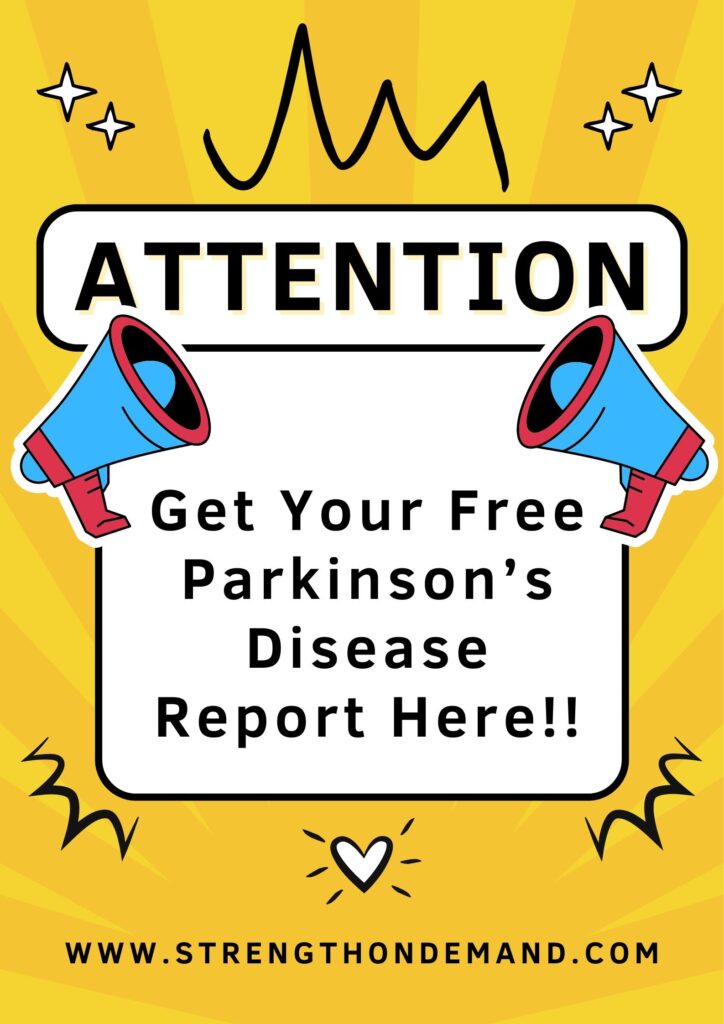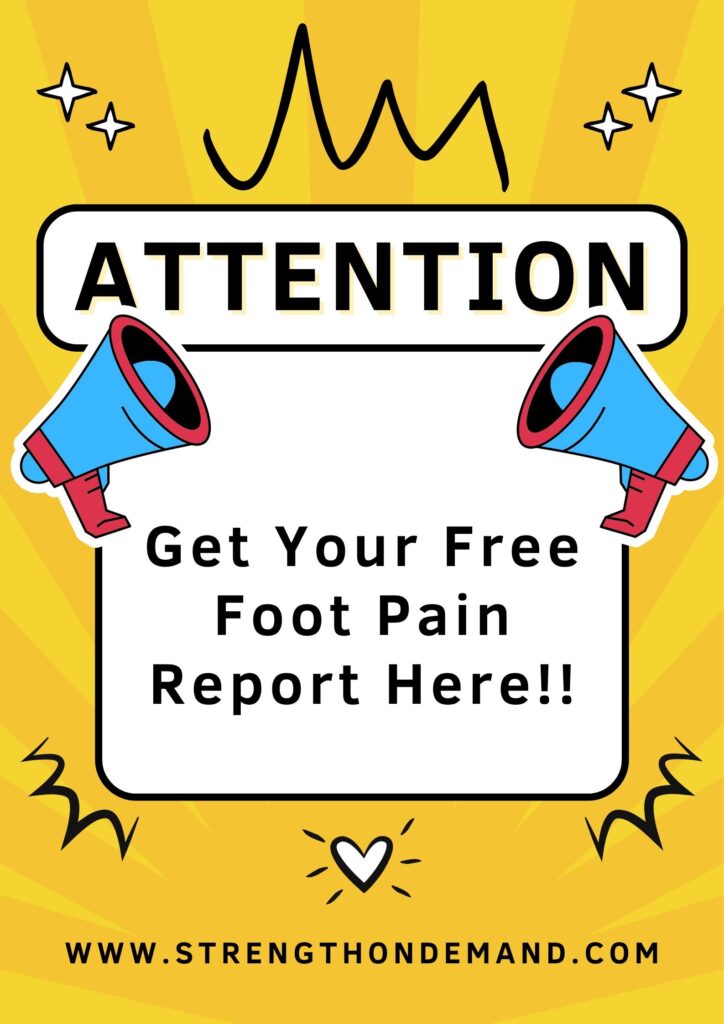A word many of us can’t even pronounce, let alone know what it means, yet we will all experience it in our lives. In the pursuit of a healthy lifestyle, we often focus on cardio-training, meditation and maintaining a balanced diet. However, there’s one crucial aspect of health that we tend to neglect, and that’s muscle health. Sarcopenia is a condition characterized by the loss of muscle mass and strength. It slowly robs individuals of their vitality and independence as they age. In this post, we’ll discuss sarcopenia and how we can reverse it using KAATSU Training.
So, what is Sarcopenia?
Sarcopenia is a progressive and generalized skeletal muscle disorder that is associated with aging, in which our bodies undergo an accelerated decrease in muscle mass, strength, and function. This leads to significant declines in physical performance and quality of life. Strength training is extremely important as we age in order to maintain and improve muscle mass.
Causes of Sarcopenia:
Several factors contribute to the development of sarcopenia, including:
- Age-related Hormonal Changes: A decline in testosterone and growth hormone levels can impair muscle protein synthesis and turnover, and this speeds up the loss of muscle mass. KAATSU Training has been shown to increase growth hormone levels.
- Inactivity and Sedentary Lifestyle: Lack of physical activity and prolonged periods of inactivity can accelerate muscle loss and weaken the musculoskeletal system. “If you don’t use it, you lose it.”
- Nutritional Deficiencies: Inadequate intake of protein, essential amino acids, and micronutrients essential for muscle health can exacerbate sarcopenia. Diet is very important, and a Fitness Nutrition Coach can help you with this.
- Chronic Illnesses: Certain chronic conditions, such as diabetes, cardiovascular disease, and inflammatory disorders, can contribute to muscle wasting and weakness. Pain, fatigue, and decreased activity tolerance many times are related. If we are tired or in pain, we automatically limit our activity. This makes us weaker and less stable, which may lead to more pain and fatigue with activities. And the cycle goes on and on.
Consequences of Sarcopenia:
The consequences of sarcopenia extend beyond mere physical weakness. Individuals affected by sarcopenia are at increased risk of:
- Functional Decline: Muscle weakness and loss of physical function can impair mobility, balance, and coordination, increasing the risk of falls and fractures. It only takes one fall to take away your confidence. And a fracture can lead to further inactivity, weakness and many times even death.
- Loss of Independence: Diminished muscle strength and endurance can compromise one’s ability to perform activities of daily living independently, leading to a loss of autonomy and self-reliance. So now, you are not only limited physically, but you are affected mentally. Depression will set in which causes you to become even less motivated to do anything. This leads to more weakness, instability, pain and muscle wasting.
- Metabolic Dysfunction: Sarcopenia is often accompanied by metabolic abnormalities, including insulin resistance and dyslipidemia, predisposing individuals to diabetes and cardiovascular disease. You may gain weight, which can lead to more pain and weakness and eventually inactivity.
- Environmental Modifications: Removing loose rugs and improving lighting can significantly reduce the risk of falls in the home and community settings. Night lights are recommended so that people can walk to the bathroom at night without tripping. Clear pathways are advised as well as non-slip socks.
- Poor Quality of Life: Unless you pick yourself and do something about this, you will continue to suffer from reduced muscle mass and strength. Your quality of life will further diminish and your mental well-being and overall satisfaction will reduce.
Prevention and Management:
While sarcopenia is a prevalent and concerning condition, there are steps individuals can take to minimize its impact:
- Regular Exercise: Engaging in resistance training and aerobic exercise can help preserve muscle mass, strength, and function. Incorporating activities like resistance training, bodyweight exercises, and cardiovascular workouts into your routine can slow the progression of sarcopenia. Incorporating KAATSU Training will maximize these results.
- Balanced Nutrition: Consuming an adequate amount of high-quality protein, along with essential vitamins and minerals, is crucial for supporting muscle health. Emphasize lean meats, fish, dairy products, legumes, and whole grains in your diet. Talk to a Fitness Nutrition Coach at Treasure Coast Physical Therapy and Fitness for more details.
- Lifestyle Modifications: Avoiding prolonged periods of inactivity, maintaining a healthy weight, and managing chronic conditions effectively can help prevent or delay the onset of sarcopenia. One of my patients says, “If you rest, you rust!” Just keep moving!
- Medical Intervention: In some cases, healthcare professionals may recommend medications or hormone replacement therapy to manage sarcopenia, particularly in individuals with underlying health conditions.
Sarcopenia and KAATSU Training
Rooted in Japanese methodology, KAATSU, which translates to “additional pressure,” harnesses the power of blood flow modification to amplify the benefits of exercise. As a exercise fanatic for over 30 years, I now incorporate KAATSU Training into all of my training sessions, and many of my client’s sessions to maximize results, while minimizing the chances of injury.
Understanding Kaatsu Training:

At its core, KAATSU Training involves the use of specialized bands or cuffs placed around the limbs, typically the upper arms or thighs (Never all four limbs at the same time). These bands are then inflated to a specific pressure, restricting blood flow to the muscles while still allowing arterial blood flow into the limbs. This controlled restriction creates a unique physiological response within the body, enhancing the effects of exercise and promoting muscle growth and strength gains. Blood reaches the extremities during an exercise, but the return to the heart is slowed. This makes the heart and brain perceive a very intense workout. Therefore, the appropriate hormones and healing properties are released into your system.
The Science Behind Kaatsu:
KAATSU triggers a cascade of physiological responses, including:
- Metabolic Stress: Blood flow restriction leads to the accumulation of metabolites, such as lactate and hydrogen ions, within the muscles. This metabolic stress stimulates muscle growth and triggers anabolic pathways, similar to the effects of high-intensity resistance training.
- Muscle Hypoxia: The reduced oxygen delivery to the muscles during KAATSU Training creates a hypoxic environment, which activates cellular pathways involved in muscle adaptation and hypertrophy.
- Hormonal Response: KAATSU Training elicits a robust hormonal response, including increased secretion of growth hormone and insulin-like growth factor 1 (IGF-1), both of which play key roles in muscle repair and growth.
- Recruitment of Type II Muscle Fibers: The combination of blood flow modification/restriction and exercise recruits fast-twitch muscle fibers, which are typically activated during high-intensity workouts, leading to greater muscle activation and hypertrophic response.

Benefits of Kaatsu Training:
KAATSU Training offers so many benefits for individuals looking to enhance their strength, muscle mass, and overall fitness, especially when the goal is to slow sarcopenia:
- Muscle Hypertrophy: KAATSU has been shown to stimulate significant increases in muscle size and cross-sectional area, even with lighter loads, making it an effective strategy for muscle growth. I only use light weights during training sessions to avoid injuries to my tendons and joints.
- Strength Gains: By amplifying the effects of exercise, KAATSU Training can lead to improvements in muscular strength and power, allowing individuals to lift heavier weights and perform more repetitions over time.
- Improved Endurance: KAATSU has been reported to enhance endurance capacity by increasing muscle fiber recruitment and improving oxygen utilization within the muscles.
- Rehabilitation and Injury Prevention: KAATSU Training may have applications in rehabilitation settings, helping individuals recover from injuries or surgeries by promoting muscle recovery and minimizing muscle atrophy. I use KAATSU on post-surgical orthopedic patients as well as stroke patients to maximize each training session.
Incorporating KAATSU Into Your Routine:
If you’re interested in incorporating KAATSU Training into your fitness regimen, it’s essential to approach it with caution and under the guidance of a qualified professional. Treasure Coast Physical Therapy and Fitness is Certified in KAATSU Training. We usually start using light to moderate pressure levels and gradually increase the intensity as your body adapts. Unlike all other BFR (Blood Flow Restriction) Training devices, KAATSU Training can use constant or pulsed restriction. Pulsed restriction applies pressure to the extremity for 30 seconds and relaxes for 5 seconds. We then focus on compound exercises, such as squats, lunges, and bench presses, and aim for higher repetitions with lighter weights to maximize the benefits of blood flow restriction.
The Perfect Combination:
When KAATSU and sarcopenia intersect, the results are transformative. By integrating KAATSU into your fitness regimen, you can defy the devastating effects of sarcopenia, preserving muscle mass, strength, and function well into your golden years.








